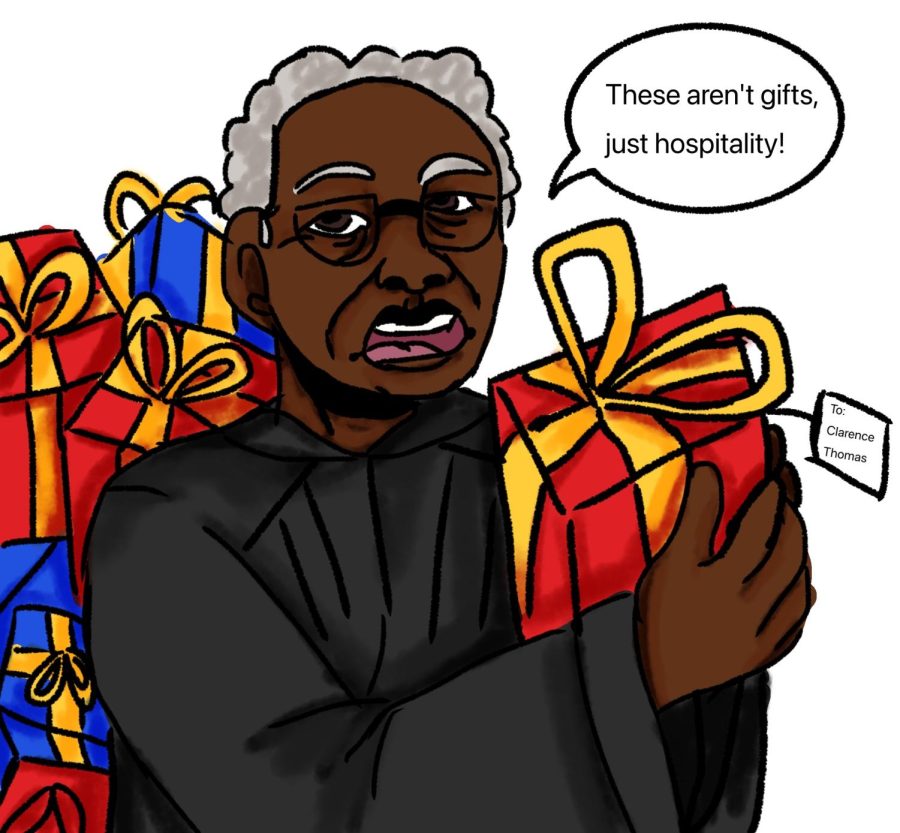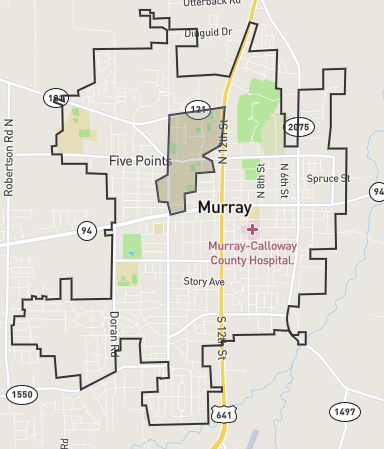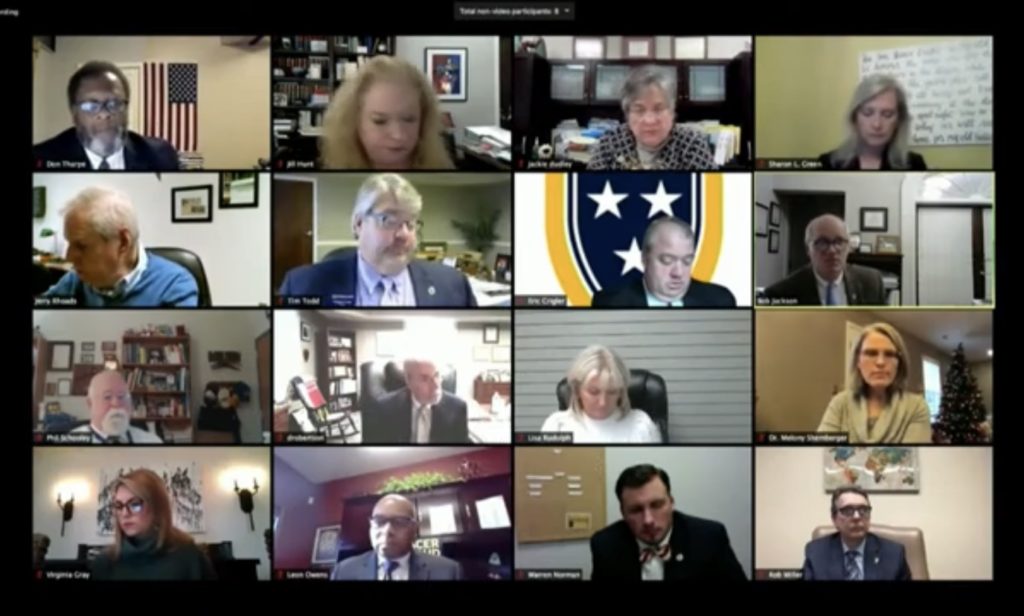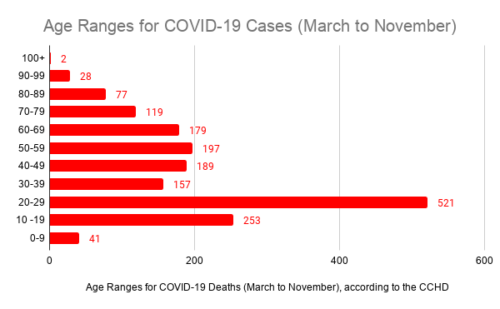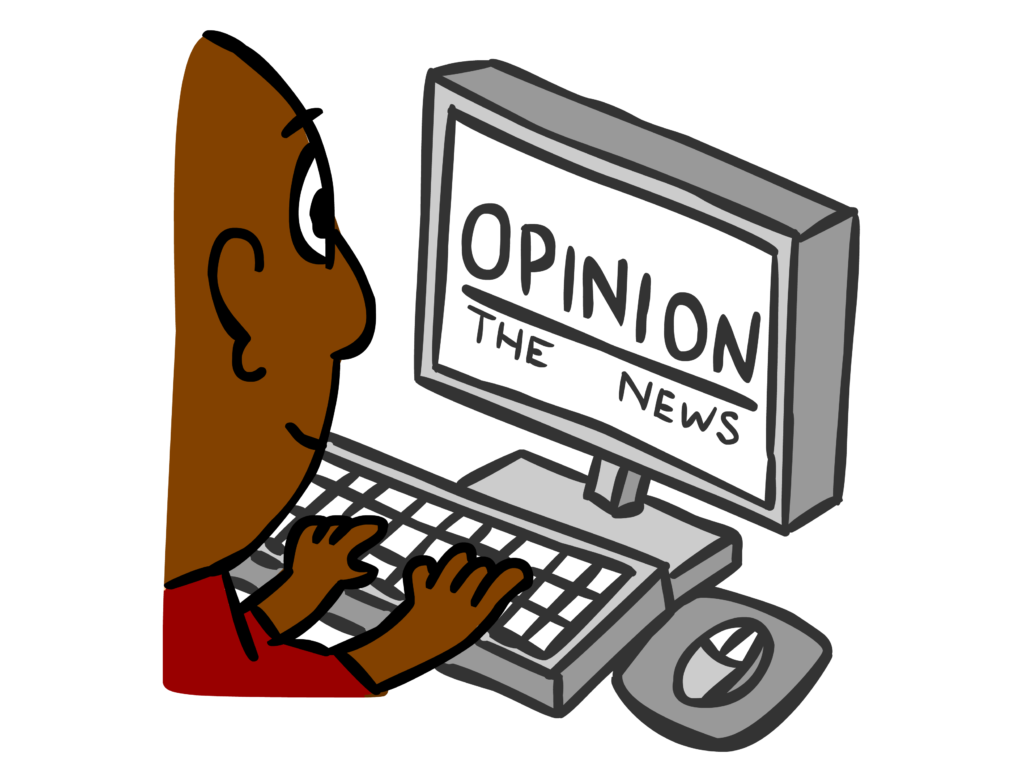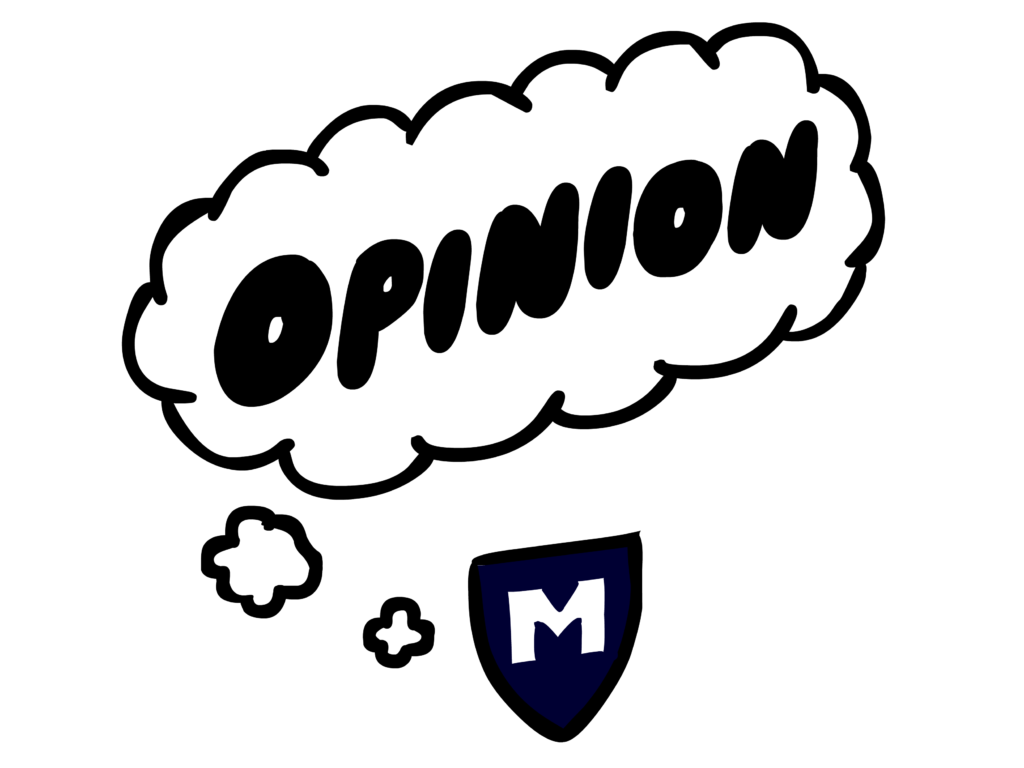The staff editorial is the majority opinion of The Murray State News Editorial Board.
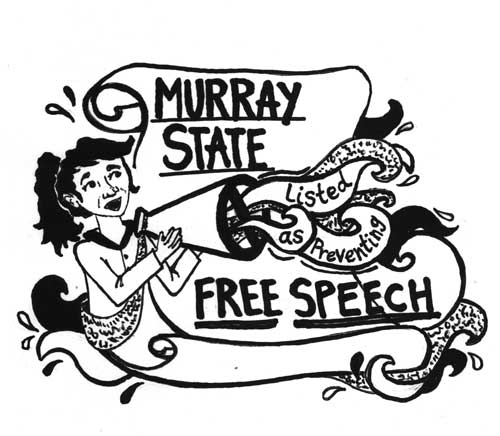
Protests, campus activists and public demonstrations are a part of regular campus life at Murray State, so you can imagine our surprise that we were listed as a University with policies infringing on protected speech.
A 2014 study conducted by the Foundation for Individual Rights in Education, or FIRE, found that of the 437 private and public universities and colleges studied, 55.2 percent had policies in violation of First Amendment rights – including Murray State.
The University was listed for its policy regarding the use of outside space and how some demonstrators are relegated to a Free Speech Zone located next to the Curris Center.
This policy was listed by FIRE as a “Yellow Light” policy, or a minor suppression of First Amendment rights. In total, the University was reviewed to have three “Yellow Light “ policies and two “Red Light” policies, those which “both clearly and substantially restrict freedom of speech.”
Murray State should be a place where people can express ideas and opinions openly without fear of repercussion. We should also have the obligation to use our speech to promote discussion and be mindful of others.
While technically, it is unconstitutional to restrict most speech, hateful or not, there is a reason these policies are in place.
We understand that these restrictions are in place to keep peace and maintain safety.
According to the study, Murray State’s Internet Usage Policies are a “Red Light” violation because University information technology resources may not be used in a harassing, offensive, profane or abusive manner. This measure is in place to help students on campus feel safe by preventing forms of cyber bullying.
The other “Red Light” policy listed was the Murray State Women’s Center policy on sexual and peer harassment, which prevents students from verbally harassing someone by calling them derogatory names like doll, baby or honey, making sexual innuendos, telling sexual jokes, making sexual comments about a person’s clothing, body or looks and making topics sexual
While preventing someone from making these comments would be considered a form of repression, again, these measures are in place for a reason.
All students at Murray State have the right to feel safe and comfortable. Someone’s First Amendment rights should not be used to harm others.
Some of our restrictive policies aren’t actively enforced when it’s not necessary. The Free Speech Zone is helpful because it designates a place for people who want to speak, but not all speakers are relegated to the cement circle by the Curris Center.
When a student preached Christianity to students with a microphone and amplifier, he stood on benches.
When students protested racist posts on Yik Yak after the killing of Michael Brown in Ferguson, Mo., they stood outside Waterfield Library. The Free Speech Zone is mostly used by non-students, and students who don’t use the circle are not punished.
While the review of Murray State’s policies looks questionable, Murray State doesn’t actively suppress the First Amendment rights of students to a point where it is noticeable to students. FIRE’s report shouldn’t make us fear expressing opinions on campus. For the most part, the University is a safe place to do just that.





























































































